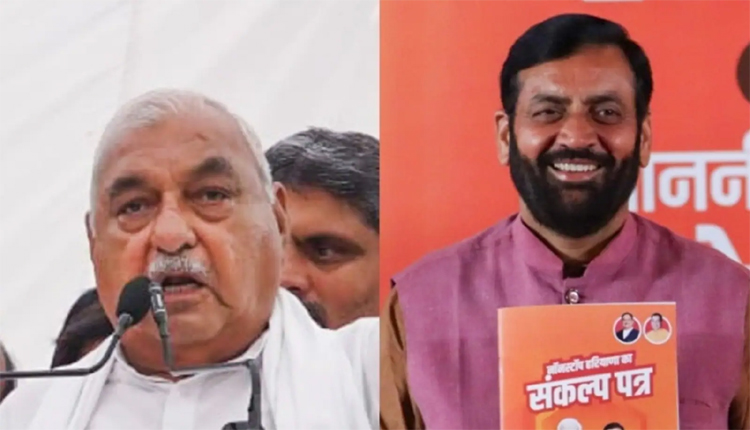Chandigarh: As Haryana’s election results continue to roll in, the Bharatiya Janata Party (BJP) has unexpectedly surged ahead, raising important questions about the narratives driving its success. Despite exit polls predicting a closer contest, the BJP’s growing lead can be attributed to three key issues it highlighted during the campaign: the Dalit card, allegations of corruption in job distribution under previous regimes, and a strategic change in leadership just before the elections.
A major talking point for the BJP was the sidelining of Kumari Selja, a prominent Dalit leader from the Congress Party. Despite her ambitions, Selja was denied a ticket, and the BJP capitalised on this to highlight the alleged disrespect Congress shows towards Dalit leadership. Prime Minister Narendra Modi himself alluded to this issue, framing the Congress’s internal dynamics as dismissive of Dalit concerns. In contrast, the BJP positioned itself as a defender of Dalit rights, especially in the context of how Selja was previously instrumental in countering Congress’s narrative around constitutional reforms. Should the BJP secure a third consecutive term in Haryana, it could be seen as having successfully won over a significant section of the Dalit electorate.
The BJP also attacked former Chief Minister Bhupinder Singh Hooda’s administration, accusing it of engaging in corrupt practices during his 10-year tenure. They claimed that jobs under Hooda were often distributed through monetary bribes and political recommendations, benefitting primarily individuals from the Rohtak region and the Jat community. The BJP, on the other hand, claimed that its own governance had been free of such biases, ensuring fair job distribution across all communities without financial inducements. This narrative of economic integrity has resonated with voters, suggesting that it could play a decisive role in the BJP’s current success.
Finally, the change in leadership ahead of the election—replacing Manohar Lal Khattar with Nayab Singh Saini—seems to have worked in the BJP’s favour. Khattar, who had been the state’s Chief Minister for nearly a decade, was seen as a Punjabi face in a largely Jat-dominated political landscape. However, his removal in favour of Saini, an Other Backward Classes (OBC) leader, was interpreted as a strategic move to counter anti-incumbency sentiment. Saini, though closely aligned with Khattar, helped the BJP appeal to both OBC voters and those disillusioned with Khattar’s leadership. The ongoing contest between Jat and non-Jat communities has also played a significant role in the election dynamics, with the BJP continuing to focus on non-Jat support to secure victory.
As the trends currently stand, if the BJP manages to form the government once again, these three issues—Dalit representation, job fairness, and a strategic leadership change—will likely be credited for their success in navigating the complex political landscape of Haryana.



Comments are closed.